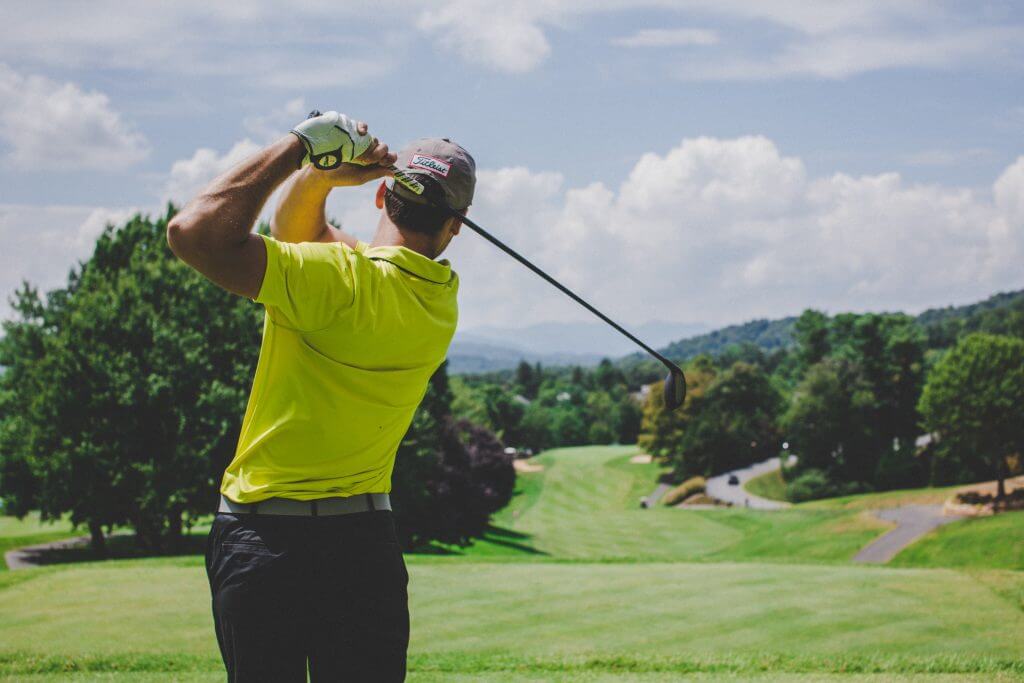
Osteopathy and Sports Injuries
People don’t often think about osteopathy when it comes to sport injuries however athletes of all disciplines find osteopathy treatment extremely beneficial. We work with both professional and amateur athletes of all ages, disabled and able-bodied men and women to identify the source of injuries and help to get you back into action as quickly as possible.
Osteopathy is both preventative and reactive, meaning not only do people seek osteopathic treatment for injuries but also to prevent injuries from happening. It is inevitable that at some point in a professional or amateur athletes career they will experience an injury. Regular Osteopathic treatment can help to keep your body in optimum physical shape in order to prevent injuries from occurring.
Treatment
Our main focus is the way in which the whole body functions, we are ideally placed to help you recover from injury and recurrent strains and to improve your overall performance as well. Injuries are often the result of poor joint movement People mistakenly think that pulled muscles are solely because they are tight, and don’t appreciate that a joint that is mal-functioning can cause muscle strains. Whilst massage and stretching helps it is usually not enough if the joints are not moving through their full range. When joints are moving well, the demand on the muscles is far less. This extra movement in the joint will minimise the risk of injury and speed recovery if you are injured. By increasing local joint movement we can over-ride muscle spasm and free off joint restrictions, thus allowing full resolution of your injury.
- Back Strain
- Shoulders
- Tennis Elbow
- Wrists
- Hamstring / Groins
- Knees
- Shin Splints
- Ankles
- Feet / Heel
Football, tennis, golf… any sport that involves twisting and turning sharply will put a strain through the back. Normally if you are supple and your joints are mobile this is not a problem. However, our lifestyles cause our mid-backs to become stiff making our low back work harder and therefore more vulnerable to injury. Our objective is to have each joint in your back working through its full range so that loads are spread evenly and minimising the occurrence of a joint or disc strain.
Tennis Elbow
Tennis (& Golfer’s) elbow is used to describe any pain and tenderness around the outer edges of the elbow joint. It occurs when the muscle insertions at the elbow start to ‘tug’ at the bone leading to inflammation. Some cases resolve with ice and anti-inflammatory, though often they persist due to overuse of the muscles during work and leisure time. Improving the range of movement in the wrist and shoulder, as well as the spine, has a dramatic affect on reducing the tension at the muscle insertion, and allowing the inflammation to resolve. This can help avoid the need for steroid injections.
Hamstring / Groins
The hamstrings are very susceptible to injury due to them being weaker than their counterparts, the quadriceps. This means that any imbalance in the hip, knee or pelvis can cause tears anywhere along the length of the muscle. This often occurs as the leg is decelerating (e.g. after kicking a football), or when the leg is suddenly straightened (e.g. as a runner sets off). When treating a recurrent injury we address any signs of pelvic imbalance and previous knee or ankle injuries that may put extra strain on the hamstrings. Believe it or not, a muscle rarely strains on its own when everything around it is running smoothly.
